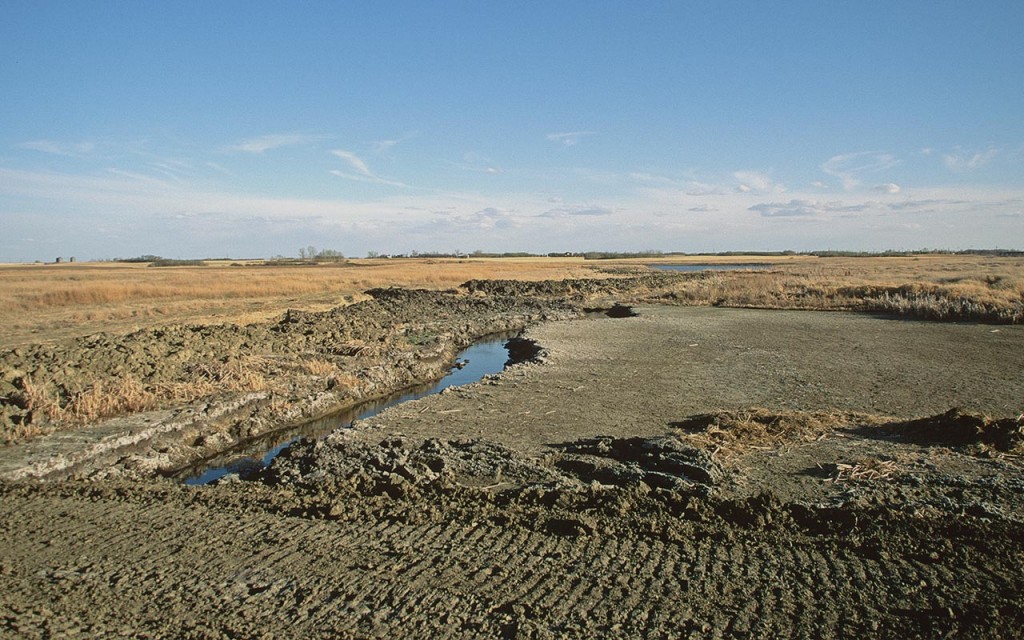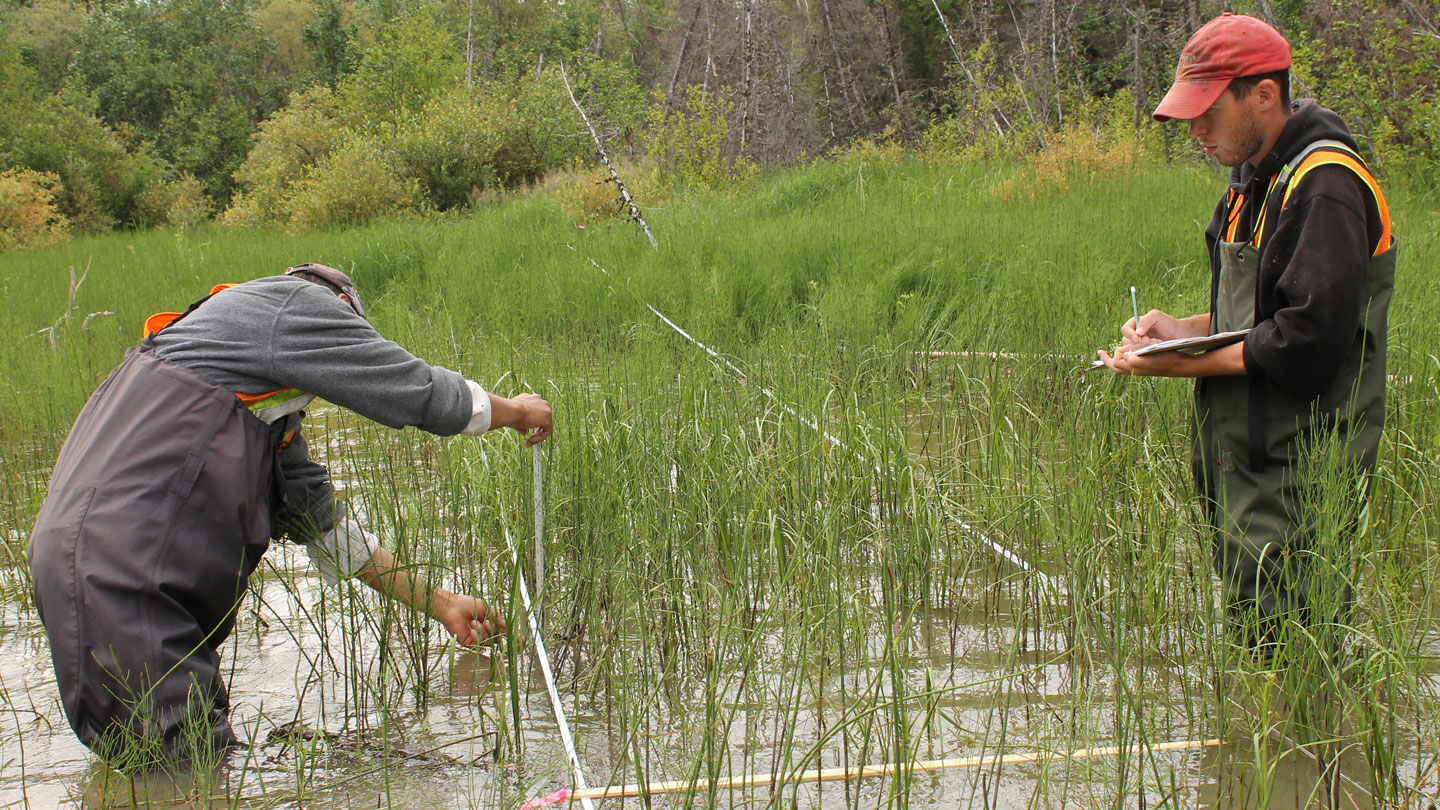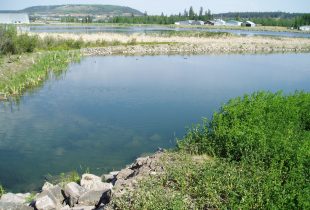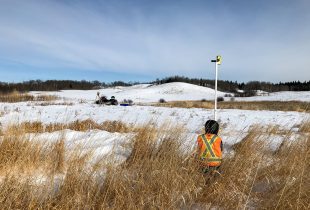How our work impacts conservation across Canada.
Where we’re working on the ground from coast to coast.
We need your help to protect our water, wildlife, and wetlands. Here’s how you can make an impact.
Get Involved
Wetlands
Lush bulrushes and bursting cattails sway at the edges of an inky pool. This marsh is a tiny oasis, nestled in rolling golden cropland.
Its importance does not match its small size. Wetlands have a big list of responsibilities.
This one is home to teems of wildlife including waterfowl, nesting in the spring and feeding in the fall. It cleans the water running off of agricultural fields. It’s helping to protect us from flooding and drought. It is a playground, where families can explore and play—where kids can unplug and connect with nature.
Canada’s wetlands are diverse. They take the form of marshes, bogs, fens, swamps and open water. They appear on the prairies, in the boreal forest, along coastlines and even in the tundra. Every type helps to keep our communities healthy and safe.
Our understanding of wetlands is growing, but they continue to decrease. In settled areas of Canada, up to 70% of our wetlands have already been destroyed or degraded. As they continue to disappear, so too do the many benefits they provide.

Why Canada’s Wetlands Matter
Wetlands are like nature’s well-oiled defense system, formed over millions of years.
Wetlands protect us from water pollution by cleaning our water. They protect us from flooding by reducing water sent downstream. They protect us from drought by holding water when conditions are dry. They protect us from climate change by reducing greenhouse gases.
Wetlands protect wildlife. They provide hundreds of species with safe places to eat, sleep and raise young. Wetlands give us natural places to play, learn and explore. They are destinations for hiking, hunting, canoeing, photography and more. They also clean the water we enjoy at beaches, lakes and rivers.
Canada’s Wetlands are Threatened
The lands and waters around us have been changed. By undervaluing wetlands, Canadians have allowed many of them to be destroyed. In the worst cases, such as some areas on the prairies, as much as 90% of our wetlands have disappeared.

Agricultural Drainage
Agricultural drainage is one of the biggest threats to wetlands in rural Canada. This country has a long history of installing ditches that drain water from wetlands so more land can be farmed. This has helped feed communities, but it is also harming them by removing our natural defense systems: wetlands. Sustainable practices are needed to achieve balance between food production and healthy, functioning ecosystems.
Urban Development and Resource Extraction
Continued urban expansion and resource extraction also pose a serious threat to wetlands in Canada. Just as in agricultural settings, both pursuits drain wetlands to make way for more … more buildings and extraction sites, as well as the roads and other infrastructure to support them. These efforts have supported communities, but they have also harmed them by removing our natural defense systems: wetlands.

How We’re Saving Canada’s Wetlands
We use many tools to achieve our goal. Working hand-in-hand with Canadians, we are conserving our remaining wetlands.
We are restoring wetlands that have already been lost. We are improving the quality of our waters by fighting invasive species. We are sharing our research and best practices with industry and government to help them be sustainable.
Our work has results in 10,366 completed habitat projects, 6.4 million acres of secured habitat and 152.4 million acres of positively influenced habitat. It has driven positive change in government and industry across Canada.
We have a lot to show for 80 years of conservation work. But it is far from done. We are building on the momentum of our successes—working with our supporters to protect and restore our natural defence systems.



